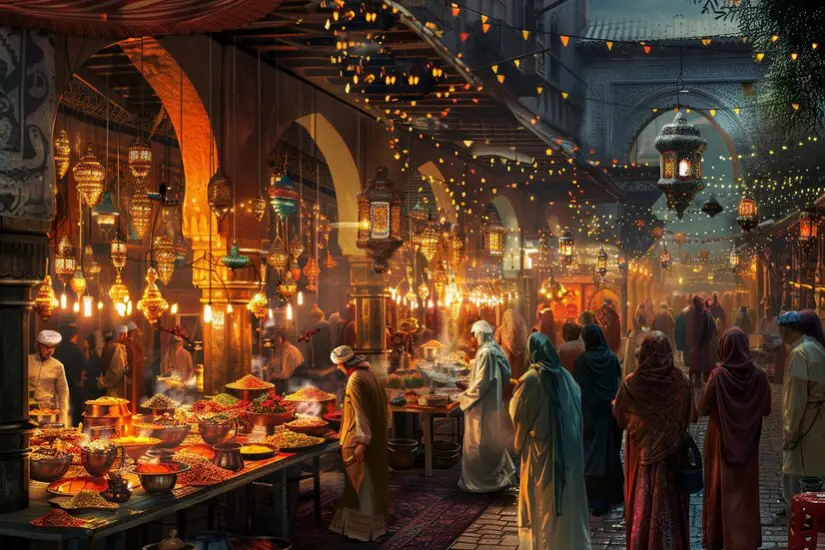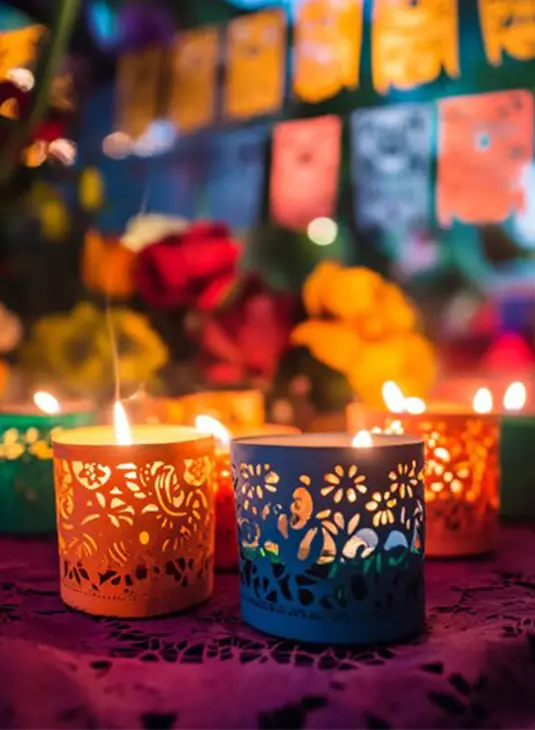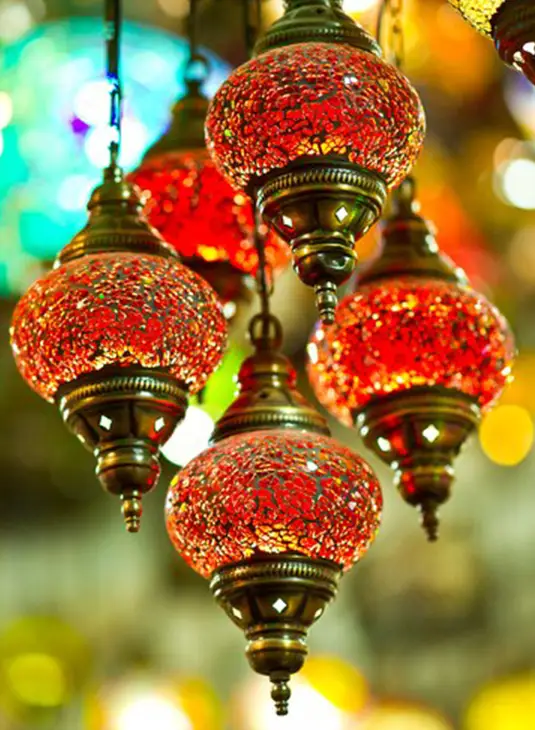Persian Festivals
Home » Persian Culture & Heritage » Persian Cultural Events » Persian Festivals

- Persian Festivals
Exploring Persian Festivals: A Glimpse into Rich Traditions
Persian festivals are vibrant celebrations that provide a window into Iran’s rich cultural tapestry. These festivals, steeped in history and tradition, highlight the essence of Persian culture and heritage. This blog offers a detailed look at some of the most significant Persian festivals, showcasing how they are celebrated and their importance in preserving Persian traditions and customs.
Celebrating Nowruz: The Persian New Year
The Significance of Nowruz
Nowruz, marking the Persian New Year, is the most widely celebrated festival in Iran and among Persian communities worldwide. Occurring on the first day of spring, it represents renewal, rebirth, and the arrival of longer, brighter days. Rooted in Zoroastrian traditions, Nowruz symbolizes the triumph of light over darkness and is a time for family, reflection, and new beginnings.
Traditions and Customs
The Nowruz celebrations include preparing a Haft-Seen table, which features seven symbolic items starting with the Persian letter “S.” These items represent various aspects of life and well-being, such as health, prosperity, and love. The festival is marked by family gatherings, feasting on special dishes, and participating in various cultural events, all of which reinforce Persian culture and heritage.
Yalda Night: The Celebration of Light
Understanding Yalda Night
Yalda Night, or Shab-e Yalda, is celebrated on the winter solstice, marking the longest night of the year. This ancient festival signifies the victory of light over darkness and is a time for families to come together and celebrate the warmth of the season.


Customs and Festivities
On Yalda Night, families gather to share seasonal fruits like pomegranates and watermelons, which symbolize the renewal of life and the return of longer days. The evening is often filled with reading Persian poetry, especially the works of the revered poet Hafez, and recounting traditional stories. These activities foster a deep connection to Persian traditions and customs, making Yalda Night a cherished occasion.
Mehregan: The Festival of Harvest
The Essence of Mehregan
Mehregan is an autumn festival that celebrates the harvest and honors Mithra, the ancient Persian deity associated with light and truth. It is a time to give thanks for nature’s bounty and strengthen community bonds through shared festivities.
Celebratory Practices
Mehregan festivities include elaborate feasts, music, and traditional dances that reflect the richness of Persian culture. Special dishes are prepared, and seasonal produce is shared among friends and family. The festival emphasizes gratitude for the harvest and the beauty of Persian traditions, reinforcing the cultural ties that bind communities together.
Internal Linking Keywords
- Persian Culture & Heritage: Discover more about the intricate tapestry of Persian culture and how it shapes modern celebrations and traditions.
- Persian Cultural Events: Explore a wide range of cultural events that highlight the diversity and vibrancy of Persian festivities.
- Persian Traditions and Customs: Learn about the various customs that define Persian festivals and their significance in today’s world.
Conclusion: Honoring Persian Heritage
Persian festivals are not merely events; they are living expressions of Persian culture and heritage. From Nowruz to Yalda Night and Mehregan, each festival offers a unique glimpse into the traditions that have been cherished for centuries. Participating in or learning about these festivals provides a deeper appreciation of Persian culture and the enduring spirit of its people. Embrace the richness of these cultural celebrations and connect with the vibrant traditions that continue to thrive in Persian society.
This blog provides a thorough exploration of Persian festivals, ensuring that readers gain a comprehensive understanding of their significance and enjoy the richness of Persian cultural traditions.
Frequently Asked Questions (FAQs) About Persian Cultural Events
1. What is Nowruz?
Nowruz is the Persian New Year, celebrated on the first day of spring to mark renewal and the beginning of a new year.
2. When is Yalda Night celebrated?
Yalda Night is celebrated on the winter solstice, the longest night of the year, typically on December 21st or 22nd.
3. What is the Haft-Seen table in Nowruz?
The Haft-Seen table is a traditional arrangement with seven symbolic items, each starting with the letter “S” in Persian, representing health, prosperity, and love.
4. How is Mehregan celebrated?
Mehregan, the Persian harvest festival, is celebrated with feasts, traditional music, and dance, honoring the ancient deity Mithra.
5. What foods are traditionally eaten during Yalda Night?
Seasonal fruits like pomegranates and watermelons are enjoyed on Yalda Night, symbolizing life and the return of longer days.
6. Why is Nowruz important in Persian culture?
Nowruz signifies renewal, the start of spring, and the rebirth of nature, bringing families together to celebrate the Persian New Year.
7. What activities are common during Persian festivals?
Persian festivals often include feasts, poetry readings, music, dancing, and gathering with family and friends.
8. How long does Nowruz last?
Nowruz celebrations typically last for 13 days, with families visiting each other and participating in cultural traditions.
9. What is the significance of Mehregan in Persian history?
Mehregan is rooted in ancient Persian traditions and celebrates the harvest season, giving thanks for nature’s bounty.
10. Is Yalda Night celebrated outside of Iran?
Yes, Persian communities worldwide celebrate Yalda Night to honor Persian traditions, even outside of Iran.